Moving to the beautiful Outer Hebrides isn’t just for the wealthy or the retired, says The Weaving Shed’s Miriam Hamilton.
There’s no doubt that depopulation is one of the biggest challenges the Western Isles are facing today. But people leaving isn’t the whole story – and some versions can make the islands sound like a ghost town rather than the vibrant community it is. In this article, and others, we shine a light on some of the many different people who are choosing to build a life in the Outer Hebrides.
The Weaving Shed sits in the village of Crossbost on the Isle of Lewis. It’s a place where visitors can learn about the traditional Hebridean art of weaving, and take home beautiful handmade pieces.
And, for owner Miriam Hamilton, it’s the centre of the life she and her family have made for themselves on the islands.
‘I was selling stuff on the school bus’
For as long as she can remember, Miriam been making art.
“I was selling stuff on the school bus,” she remembers. “And then at craft markets from thirteen.”
And, for almost as long, the Outer Hebrides has been a part of her life.
Her family has visited the islands since she was just a baby.
“We always wanted to come to the islands,” she says. But she assumed that her dream was just that – a dream.
“Growing up, we didn’t have money,” she says. “Owning your own home, and moving somewhere where you want to live – I assumed you’d have to be really rich to do something like that.”
It wasn’t until Miriam and her husband began seriously looking at house prices in the Outer Hebrides that they realised it could be a possibility.
“It was like, ‘Actually, if we get somewhere derelict, it’s affordable’,” she says.
In 2017, Miriam, her sister, and her husband made the move up to Lewis from the North of England.
‘Whatever happens, we’re at least here’
It was, she says, a huge risk – but worth it.
She remembers thinking: “We don’t have any money. We don’t have any savings. We’re gonna spend every single penny we have getting that house and getting up here. Whatever happens then – we’re at least here.”
After she made the move, there was a long road ahead before she could open The Weaving Shed.
She worked in a care home for a year, doing 12-hour shifts three days a week. “It worked, because it meant that we could get [the business] completely set up,” she says.
In between her shifts, she was learning how to weave on ‘Hatty’, a loom that has been worked on the island for over 85 years.
Since its opening, The Weaving Shed has gone from strength to strength.
“I assumed it would mostly going to be selling fabric, and the clothing side of things would be secondary,” Miriam says.
But now, her scarves, cloaks, and other designs are selling almost faster than she can make them.
She’s had to train her sister to take over the weaving, so she can sew full-time.
“There’s no way I could do both by myself – there’s just too much to do!”
“It’s really, really incredible,” she says.
Last month, The Weaving Shed was awarded Best See & Do Experience in Lewis and Harris at the inaugural Outer Hebrides Tourism Community Awards – in what she says was an “incredible honour”.
‘You can do this at any age’
Miriam’s move is a success story, but she stresses that life in the Outer Hebrides isn’t for everyone.
“I know people who move up and then move back because they hadn’t realised what it was going to be like, living on an island,” she says. “It’s very different.”
Especially when looking at renovating a property, she says it’s important to “be sensible” and not take on work that’s “beyond [your] ambition”.
But it’s a life that might be for more people than they realise. As they look for what they want to do in life, young people often “think they have to go to big cities”, Miriam says.
But that narrative of living a busy urban life before ‘settling down’ isn’t the only way to do things.
“You can do this at any age,” Miriam says.
“You can actually make a life straight away, rather than waiting until you’re halfway through your career, or retired.”
‘It’s an amazing, amazing place’
Like all communities, the Western Isles “needs the younger folk”. And, for Miriam, it’s been the perfect place to start a family.
Her daughter Rosie-May was born three years after they moved up, and is now three and a half.
“People don’t realise how good the schools are here,” Miriam says.
What does Miriam love most about the islands?
“It’s the place, isn’t it?” She says. “The sea and the sky and the space and the wild and the weather.”
“It’s an amazing, amazing place.”
When she and her family visited years ago, Miriam says, “We always felt like we were home.” Now, they truly are.
More from this series:
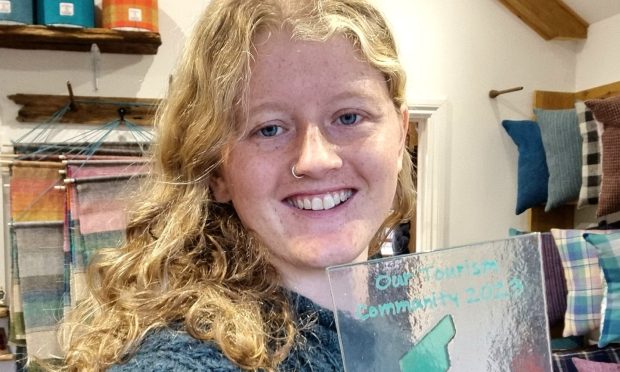
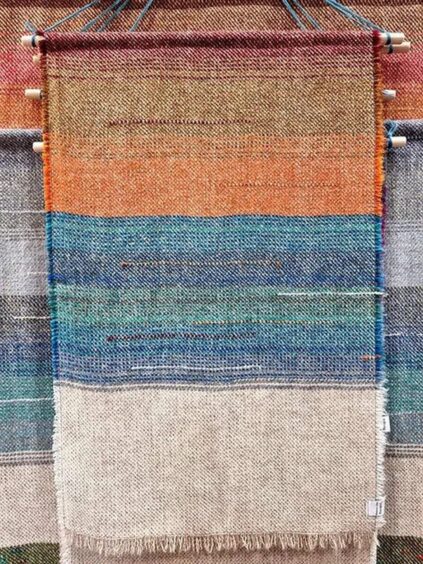
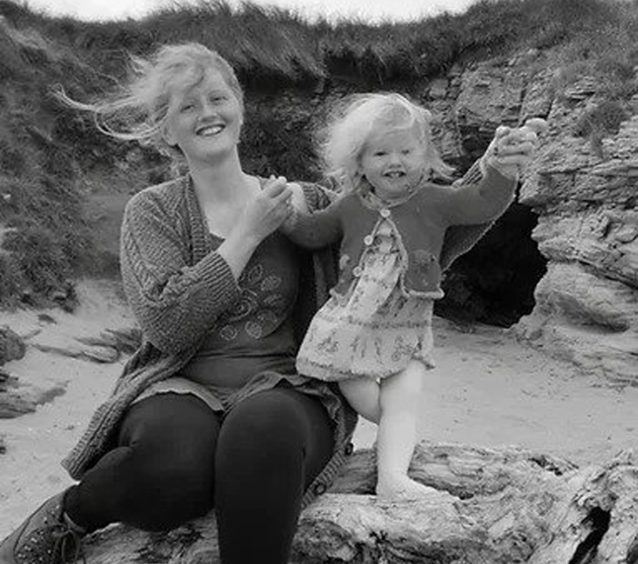
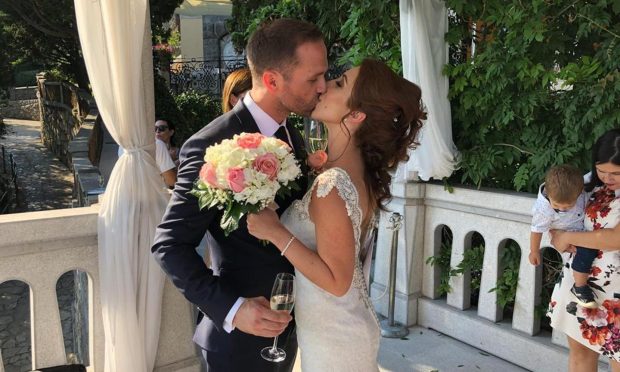
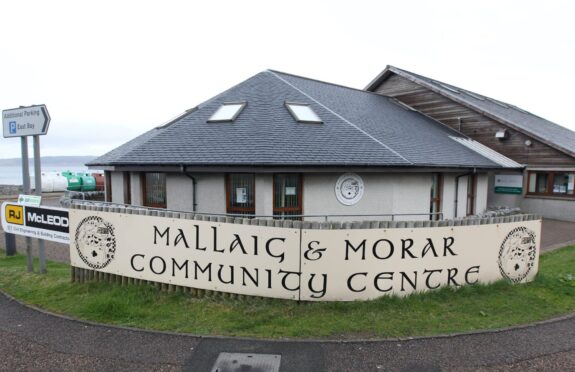

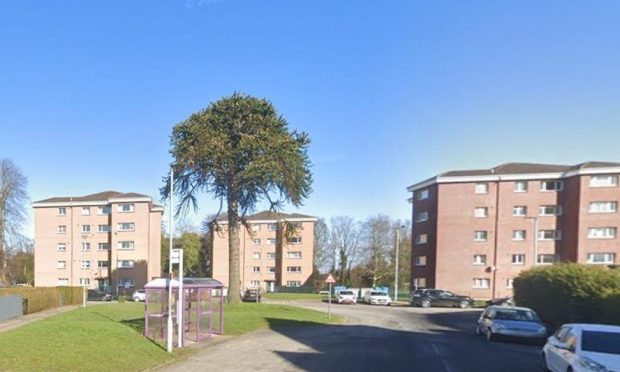
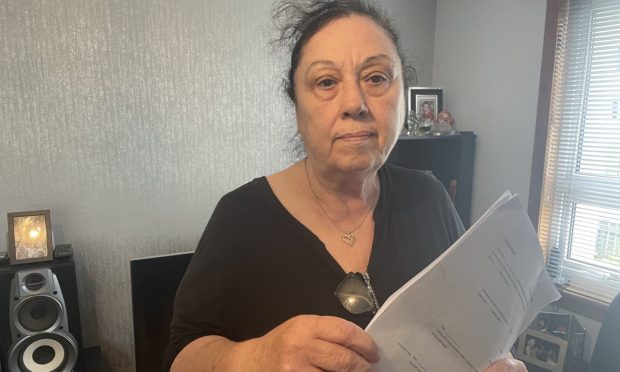




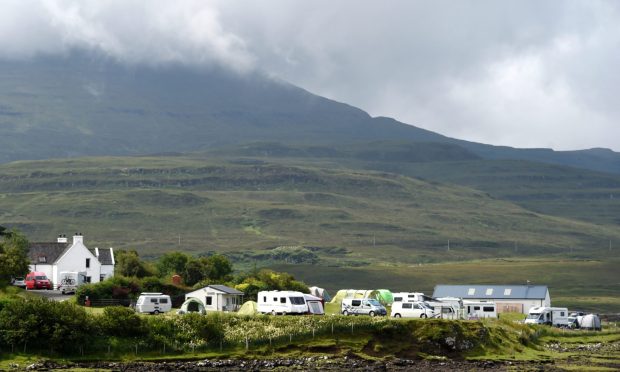
Conversation